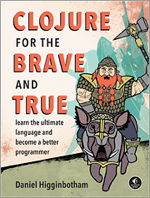Smart applications and more interaction with the TV, both with different devices and for better navigation without a cumbersome TV remote, are priorities for consumers’ next TV purchase in the UK and US.
A recent study from the Digital Home Observatory (DHO) at Strategy Analytics (www.strategyanalytics.com) surveying consumers in the UK and USA, found that functionalities such as being able to mirror a smartphone’s display, or providing a simplified human-machine interface (HMI), for example through voice or gesture control, were highly appealing features. However, such capabilities come at a cost. Rather than snapping up a more expensive smart TV, consumers are now looking to less costly media solutions such as Google Chromecastor and Roku, to provide such features.
“As traditional TV continues to be threatened by over-the-top subscription based video-on-demand (OTT SVOD), TV providers cannot allow smart TVs and media devices to beat them to the punch by providing the consumer with the value-added features they want making it easy to cut-the-cord to pay TV for good,” says Taryn Tulay, senior analyst and report author. “Consumers are going to continue streaming OTT SVOD as it continues to provide a less expensive source of TV/video content. The opportunity to offer added features and applications in a set-top-box (STB) may keep consumers subscribing to pay TV, while at the same time providing a device they simply cannot live without.”
“Consumers are finding less and less incentive to continue subscribing to costly TV packages,” adds Diane O’Neill, director, UXIP. “It’s time for cable/satellite TV providers to revamp the set-top box as it’s full of glitches and is often unresponsive; its design is unappealing and there is a lack of DVR storage and connected applications/features. While simplicity and ease of use is provided by most STBs, more and more often consumers are beginning to see the big box as too basic and obsolete. Traditional pay TV providers need to give the consumer value for money.”




